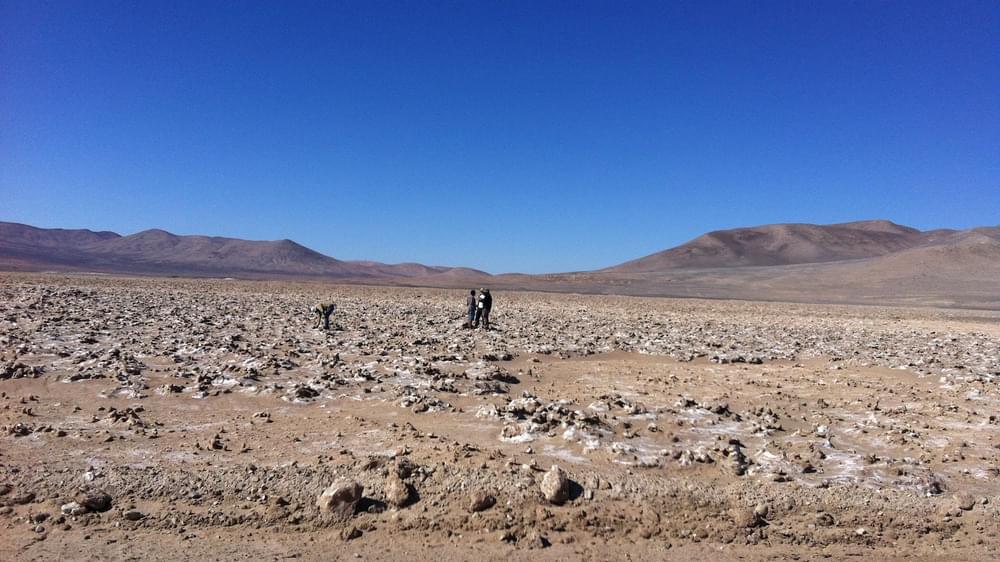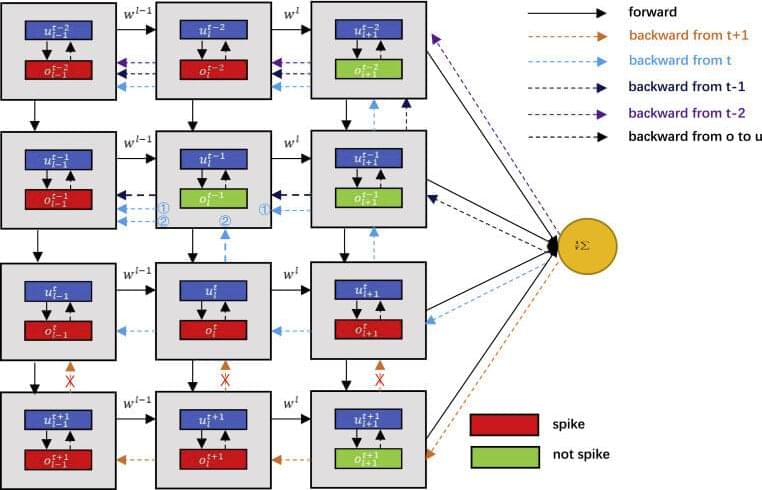A team of researchers affiliated with several institutions in France and one in the United Arabian Emirates, has found via testing that dogs may be as effective at mass screening people for COVID-19 as publicly available tests. In their paper published on the open-access site PLOS ONE, the group describes how they tested multiple dogs sniffling human sweat samples for COVID-19 and how well they did.
Prior research has suggested that dogs can smell it when someone near them has a disease, such as cancer. Some research has also suggested that dogs might be able to do the same with COVID-19. To find out if that is indeed the case, the researchers tested the sniffing ability of multiple dogs faced with multiple sweat samples.
To test their ability to recognize COVID-19, multiple dogs were trained to sniff samples of human sweat and to sit down if they detected the virus. Training was done in ways similar to that done with dogs trained to sniff out explosives. Once they were tested, the dogs were taken to the Alfort School of Veterinary Medicine where cones had been set up with sweat samples in them.








